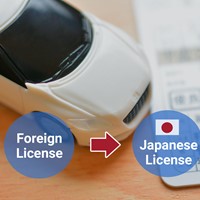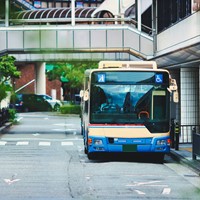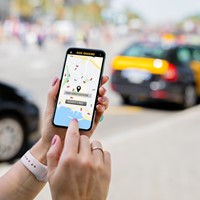IC Cards in Japan: Traveling with Suica, PASMO, ICOCA and More
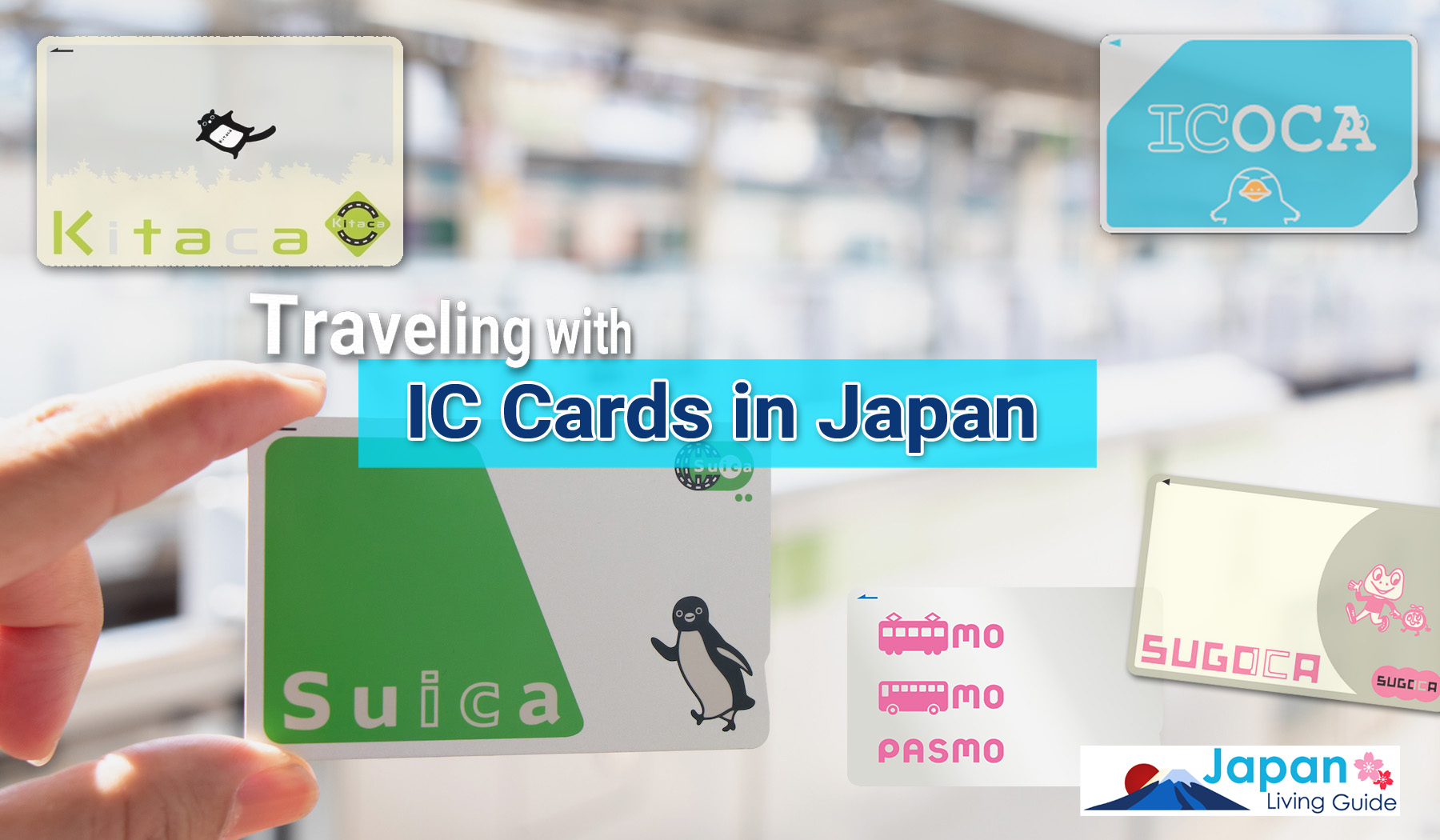
The use of IC cards for public transportation in Japan has become the norm. While paper tickets are still available, they have been largely phased out in favor of more convenient options. However, it is important to note that there are actually a number of different IC cards, largely based on the region that you are traveling in. This guide aims to simplify the process and understanding of using IC cards while traveling in Japan.
What Are IC Cards?
IC stands for “integrated circuit,” the technology behind the way the card is read. IC cards have a number of different uses in various countries, but in Japan they were first introduced as a prepaid train card and have expanded in recent years to become a payment method for various other services.
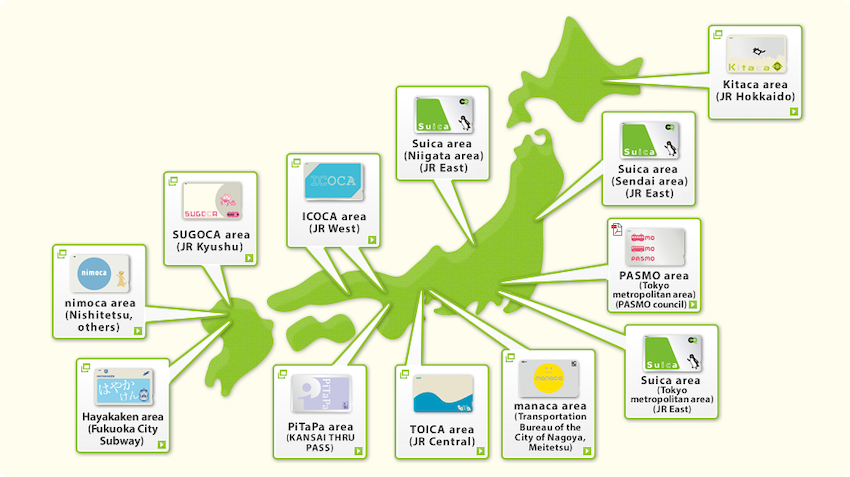
Image source: JR East
Where Can You Get an IC Card in Japan?
The best way to get an IC card in Japan is to visit a train station or subway station. Most will have a ticketing machine where you can create an IC card and add funds. Typically, a ¥500 to ¥1,000 deposit must be paid to create the card. If at any time you no longer want to use the card, you can take it to a service counter and turn it in to have your deposit refunded (more on this below).
[Note, as of June 2023]
Started from June 8th 2023, the sale of "Suica" and "PASMO" cards (a type of card that can be purchased without registering personal data) has been temporarily suspended. However, the sale of registered cards (cards with printed names), new issuance of commuter passes, and reissuance services in case of card malfunctions or losses will continue. Furthermore, IC card tickets specifically designed for short-term foreign tourists visiting Japan, such as "Welcome Suica" and "PASMO PASSPORT," will continue to be available for purchase.
Charging an IC Card
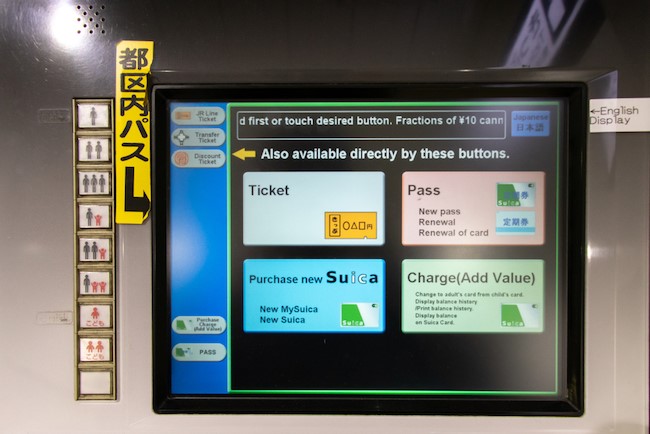
Since, IC cards are prepaid, they must be charged with money before you can use them. This can be done at the same ticket machines that sell the cards, and it is often possible to charge using a machine of a different IC card brand (such as charging a Suica card at a PASMO machine).
The maximum amount that you can typically add to an IC card is ¥20,000 at the train station and ¥10,000 on buses. The ticket machines do not accept credit cards.
When you tap your card to pass through the ticket gate, the screen will show how much you have left on your card, so you will know whether or not you need to top up your card later on. If you miscalculate and do not have enough money left on your card to exit the station, the gates will close to prevent you from leaving. However, there are machines inside the entrance where you can charge either the amount that is necessary to exit or add additional funds.
Where Can You Use an IC Card in Japan?
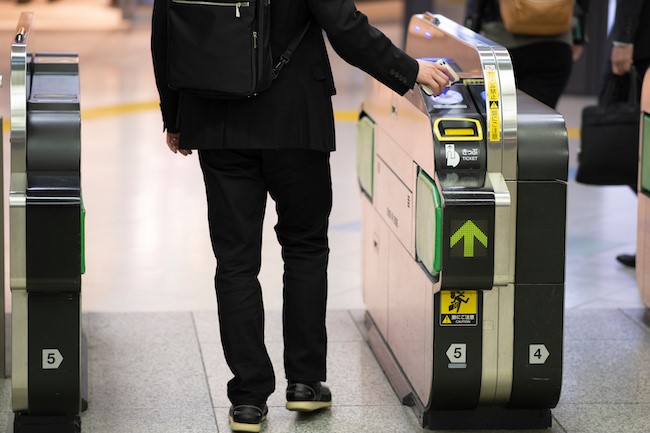
Train and Bus Fares
An IC card can be used for almost any public transportation in Japan. Both JR and private railway companies use IC cards, subways use IC cards, and most buses accept IC cards. There are some buses in more rural areas that do not offer this payment method, but in larger cities they are widely used. Long distance buses also require a paper ticket rather than an IC card.
Bullet trains can accept payment with an IC card, but not in a regular way. It requires extra registration and setup.
Shopping
While IC cards were first introduced in Japan as a method of paying for public transportation, they can now be used at many vending machines, convenience stores, restaurants, and some shops.
If you want to use your IC card but are not sure if the establishment accepts it for payment, look around the cash register area as there should be a small sign that shows available payment methods including IC cards.
Please also read: Turn Your iPhone or Android into a Mobile Suica/PASMO IC Card
How to Cancel Your IC Card
When you are ready to leave Japan, or switch to a different IC card, you can cancel your current card at a train station’s ticket master office. It is better to go to a larger train station as they are more familiar with the process. Also, pay attention to which type of card (Suica, PASMO, ICOCA, etc.) the train station offers, because the service counter will only refund a deposit for that particular card. The staff of the ticket office will check your card and make sure it is not damaged. If everything is okay, you will receive your deposit back.
Popular IC Cards in Japan
Throughout Japan there are a number of different IC cards depending on the region. Each region has IC cards with different names, designs, mascots, color themes, and more. Fortunately, they should all work interchangeably, meaning you do not need to buy a new card when you visit a new region. Some of the more popular IC cards include:
Suica
Suica is perhaps the most popular IC card in Japan, because it is sold by JR East for the Greater Tokyo Area all the way through to the Nigata and Sendai areas. Suica originally stood for “super urban intelligent card.” Also, the Japanese onomatopoeia “sui sui,” meaning “to move smoothly,” may have been a consideration for the name.
> Tokyo Subway Ticket Options: Suica or PASMO?
PASMO
Pasmo is the IC card first introduced by the subway system of Tokyo. Originally, it was exclusive to the subway lines and buses of the Greater Tokyo Area while Suica was exclusive to the area’s train lines. Now, both cards are interchangeable on all systems.
ICOCA
ICOCA is the IC card produced by JR West, mostly through the Kansai region and down through to Hiroshima. The name comes from “IC operating card.” However, it is also a play on words, as the pronunciation sounds like 行こか (“ikoka”), which means “Let’s go!” or “Shall we go?” in the Kansai dialect.
Kitaca
Kitaca is the IC card used in Hokkaido, Japan’s most northern island. The name is fairly simple, being a shortened version of “kita card.” “Kita” in Japanese means north.
Sugoca
Sugoca is used in Fukuoka and other surrounding areas in the southern island of Kyushu. The name is an abbreviation of “smart urban going card.” This is another play on words with 凄か(“sugoka”) being the local dialect for “great.”
Get the Most Out of Your IC Card in Japan
When traveling or living in Japan, the use of an IC card can make many daily activities a lot easier. Just remember that you should only need one card no matter where you are traveling, that it is possible to get your deposit back when you are done using the card, and that you should always carry some cash with you in case the transportation only accepts cash payment.
For more information on traveling in Japan, be sure to check out our comprehensive articles, from English-speaking travel agents, to the best places to hike, ski, camp, and more.


